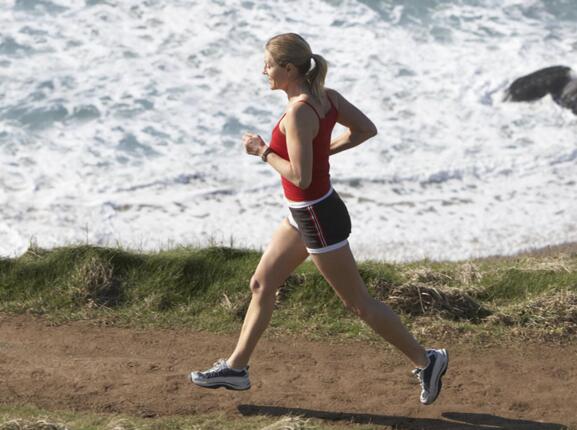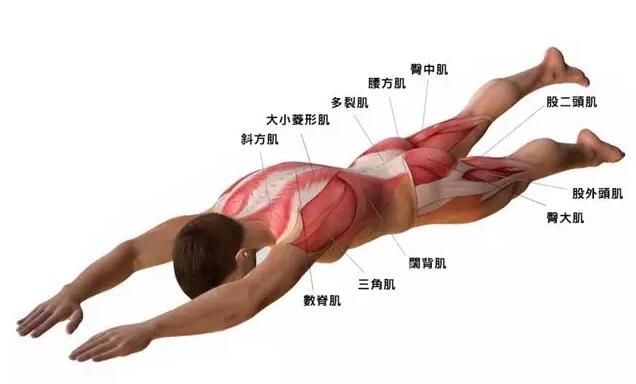How can running run? You need to know your key indicators
 who are you? Where are you from? Where are you headed?
who are you? Where are you from? Where are you headed?
This is the ultimate proposition that people are thinking about the philosophical level for thousands of years. It is an inquire that company security guards have for visitors and an entry-level consideration for runners to run at the beginning.
How to start running? The first step is to know yourself.
Once there was a report that a young man about 30 years old had stolen a purse on the road. After he was found, he took the leg and chased him. He could run out and fell to the ground after 200 meters.
Why is this? The reason is very simple. Once a person lacks exercise, the leg muscles consume a lot of oxygen in a short time, but the heart muscle can not keep up, and the heart cannot adjust to the maximum heart rate output in a short time, resulting in a brain deficiency. Oxygen, which happens unexpectedly. In many cases, those who do not exercise regularly will feel dizzy, nauseous, and have black eyes after running the 400 meters required by the school or organized by the company. This is because of the above reasons.
So before you start your legs and run, think about it: Are you the "qualified" chasing thief? And if you want to have a basic understanding of your physical condition, it's better to start a medical examination from an appointment hospital. With respect to physical examination, there are several areas that require special attention.
Be careful, don't let heart rate burst!
On the electrocardiogram, we can see a particularly critical data. We call it the “resting heart rateâ€, “basal heart rate†or “morning pulseâ€, that is, the number of heart beats per minute before exercise. There is a particularly big relationship between how much the resting heart rate is and what type of exercise you choose later, including whether it is suitable for running or running.
The concept of resting heart rate is "maximum heart rate", which means the heart can bear the maximum safe heart rate.
The maximum heart rate has a particularly extensive calculation: use 210 to subtract age. In other words, for a 30-year-old runner, his maximum heart rate is 210 minus 30, which is about 180 beats per minute. This algorithm is a crude algorithm, regardless of gender, history of exercise, and physical capabilities. Many senior runners can achieve a maximum heart rate of 190 beats/minute while sprinting.
Understanding your maximum heart rate will help you master your training intensity. In normal training, the general strength requirement is 60% to 70% of the maximum heart rate. The 30-year-old runner mentioned earlier would use his maximum heart rate of 180 beats per minute. If he had 108 to 126 beats per minute when running, it would be his more comfortable training zone; In the LSD (Long Slow Distance, short-range jogging) training, it is recommended that the heart rate be maintained at 80% of the maximum heart rate, ie 144 beats/min; if the exercise rate is close to 90% of the heart rate of 162 beats/minute, The burden on the heart is already heavy.
Abroad, "heart rate training method" is very common. Especially in schools, the teacher will determine the student's effort in participating in sports by understanding the student's resting heart rate and maximum heart rate. For example, a person with a high resting heart rate, under a pace of 1 kilometer completed in 6 minutes, the heart rate may have reached 190 beats per minute, very painful; and those with a strong heart, the same pace, heart rate only 120 to 130 times/minute, the efforts of the two are completely different.
Therefore, runners with high resting heart rate must pay attention: Do not blindly compete with others! What you should value is how to run longer and longer with the same heart load. Because running is not a sport that competes with others, the purpose of running is not to run faster than anyone else, but to make yourself healthier, with stronger cardiopulmonary function and better quality of life.
Learn to run beautiful
Many people think that running is the exercise of the leg muscles. During the running process, the leg muscles must participate, but the core muscles determine the running speed and endurance.
The core muscle group refers to the back and front of the abdomen, which surrounds the spine and protects and stabilizes the muscles of the spine. It mainly includes rectus abdominis, abdominal obliques, lower back muscles, erector spinae, and pelvic floor muscles. The exercise of core muscle groups is almost the focus of all track and field events. Runners with a well-developed core muscle group have a good control of running posture, center of gravity, and pace. We usually call this "beautiful."
A runner with a stable body, relaxed pace, and obvious rhythm will feel pleasing to the eye. This is the credit to the core muscles. Some runners ran up and left and right and swayed. They also had a hunched back and an unstable front and rear center of gravity. This was also related to the loss of core muscle power.
There are many ways to train your core muscles. In any gym, the instructor will provide you with core muscle workouts. Freehand exercises consist of push-ups, two-ups, etc. Training with equipment includes free squats, deadlifts, sit-ups, etc., all of which can help strengthen your core muscle strength and abilities.

who are you? Where are you from? Where are you headed? These three issues are not just the ultimate thinking of philosophy, but also apply to running. If you want to have a healthy body through running or develop good habits through running, then remember to know your own body first!